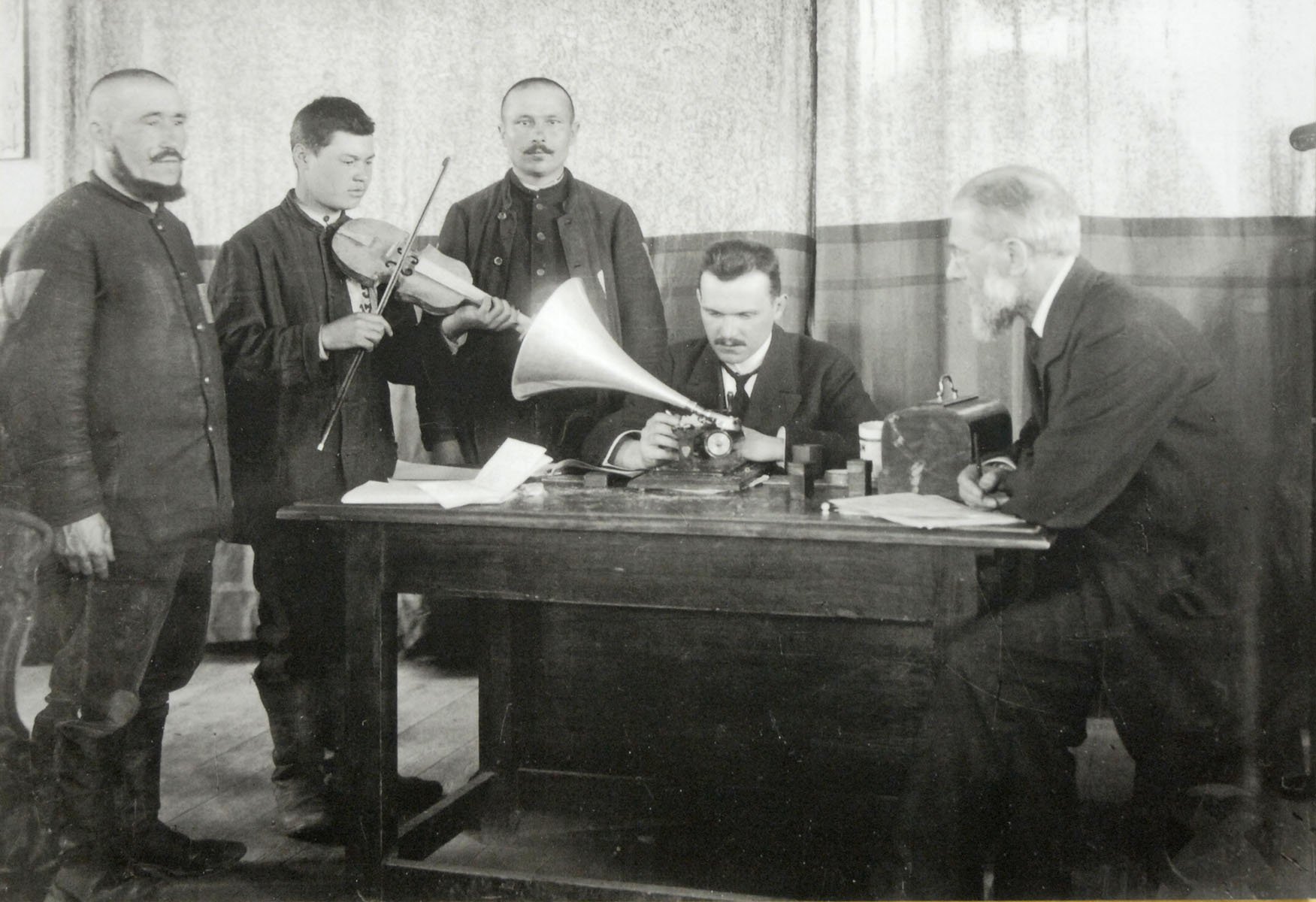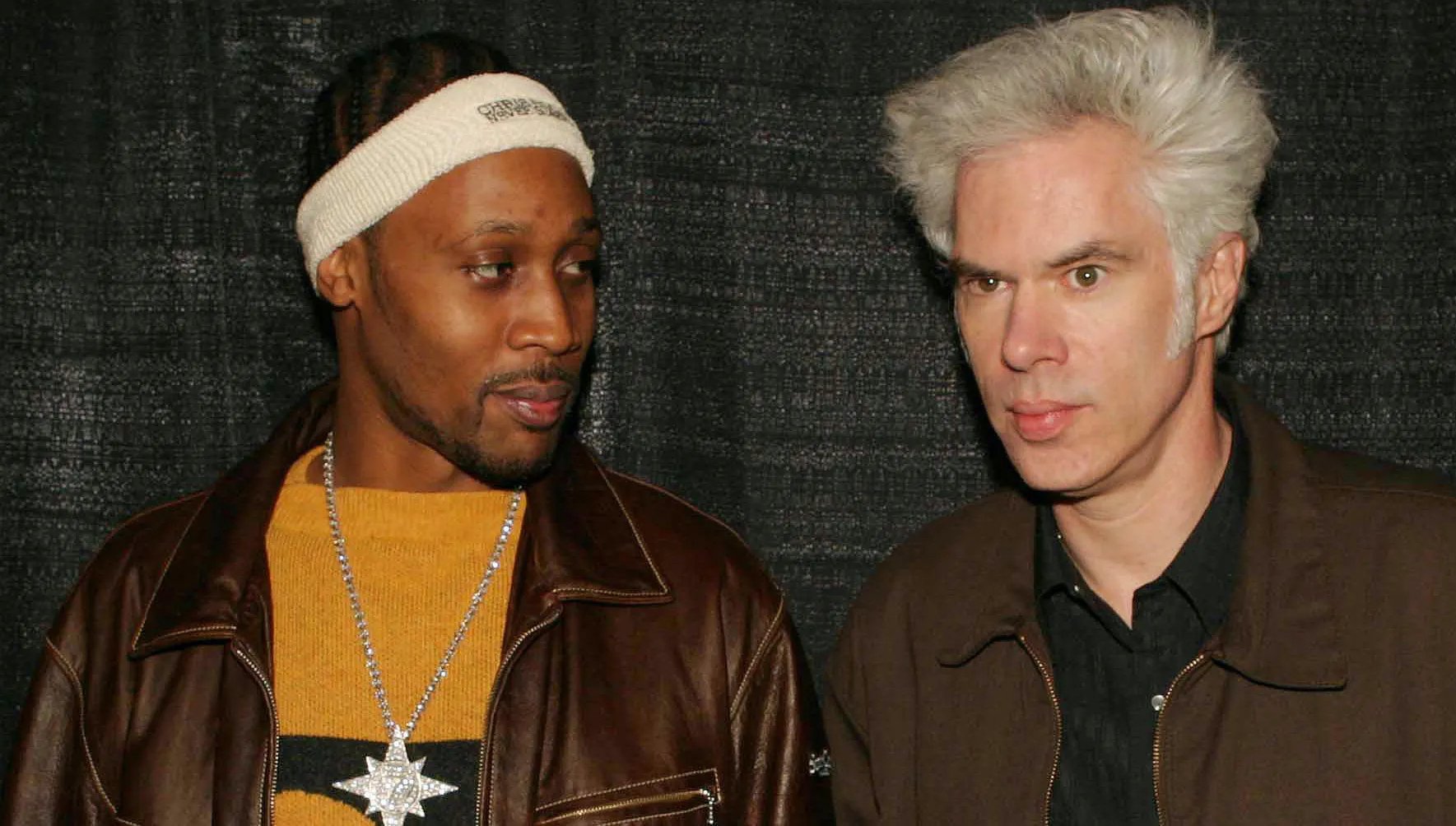Teaching
I have been a teacher for most of my adult life, in settings that have varied widely, from a Montessori preschool, to a multigenerational theatre company, to premier liberal arts institutions. Working with individuals from a range of backgrounds has consistently broadened my perspective on what is needed and what is possible at different stages of life and education. In all my teaching, I strive to create environments of inclusion and creativity, in which students are empowered to think critically and listen generously.
At the university level, I have taught classes in music theory and history, as well as performance genres including Javanese gamelan. Below are a selection of some undergraduate courses I have taught and designed.
Music of New York
Original syllabus designed and taught for New York University, Summer 2022. In this six-week intensive course, students explored a wide range of musical genres from the past two centuries of New York’s history, while also venturing out into the city to visit archives, museums, and attend live musical events. Special attention was paid to the intersection of music with other embodied practices like dance, theatre, street festivals, and immigrant traditions. Assignments included concert reviews, photo essays, ethnographic sketches, and audiovisual presentations. View syllabus
Pictured: Eubie Blake’s orchestra for the musical Shuffle Along (1921)
Proposed courses:
Music and Nation on the Eastern Front
This undergraduate lecture course offers a new perspective on the First World War and the growth of nationalism in Central and Eastern Europe. Throughout the war, composers, folklorists, soldiers, and the general public all turned to music as a means of defining and expressing national identity. Building on my own original research on the use of the phonograph in POW camps in Germany and Austria, discussions and assignments will focus on the way nations are created and consolidated through new media technologies and the intersection of popular and elite performance practices. This class could be cross-listed with programs in history, German, Russian, or European studies, in addition to music. View syllabus
Pictured: Carl Stumpf and Georg Schünemann recording Russian-army POWs in a camp in Germany
Pop Stars Behind the Screen
What happens when a popular recording artist is hired to write the score for a film? From the widely acclaimed, stylistically diverse work of Radiohead’s Jonny Greenwood to the sometimes-maligned, synth-heavy soundtracks of ’80s bands like Tangerine Dream, the encounter between a singular musical personality and the industrial process of filmmaking often produces memorable results. With close attention to a series of films scored by established musicians, we will gain a new understanding of the dynamics of labor, race, marketing, and collaboration that produce the sounds we hear onscreen. Artists to be considered include Miles Davis, Wendy Carlos, Trent Reznor, Jonny Greenwood, Pharrell Williams, Björk, Stewart Copeland, Lisa Gerrard, and RZA.
Pictured: RZA and Jim Jarmusch


